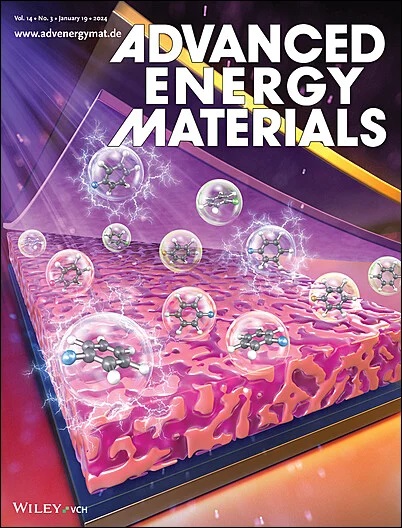Zinc Ion Transport Kinetics in Zinc-based Batteries and Its Regulation Strategy
IF 24.4
1区 材料科学
Q1 CHEMISTRY, PHYSICAL
引用次数: 0
Abstract
Rechargeable zinc-ion batteries (ZIBs) have gained significant attention as potential next-generation energy storage systems, owing to their inherent safety, environmental benignity, and cost-effectiveness. However, the substantial electrostatic repulsion of Zn ion results in a sluggish kinetics for its insertion into the cathode material. Meanwhile, the formation of hydrated ionic groups with increased mass and volume in the aqueous electrolyte further hampers the transport ability of zinc ions, significantly impacting the overall electrochemical performance (including capacity, energy density, rate-capability, and cyclability) of aqueous zinc-ion batteries. This review systematically summarized the recent progress in the regulation strategy of the zinc-ion transport kinetics. The as-reported mechanisms are introduced for zinc ion transport in ZIBs (Zn2+ insertion/extraction mechanism, H+ or H2O/ Zn2+ co-insertion/extraction mechanism, conversion reaction mechanism, and coordination reaction mechanism). Then, cathode material design for fast zinc-ion transport kinetics including soft lattice construction, doping effects, defect introduction, morphology control, and interface design is systematically summarized. Finally, it is concluded with future research directions, such as high-entropy design, multi-scale simulation, and machine study, providing a roadmap for developing high-performance zinc ion batteries at ultralow operation temperatures.

求助全文
约1分钟内获得全文
求助全文
来源期刊

Advanced Energy Materials
CHEMISTRY, PHYSICAL-ENERGY & FUELS
CiteScore
41.90
自引率
4.00%
发文量
889
审稿时长
1.4 months
期刊介绍:
Established in 2011, Advanced Energy Materials is an international, interdisciplinary, English-language journal that focuses on materials used in energy harvesting, conversion, and storage. It is regarded as a top-quality journal alongside Advanced Materials, Advanced Functional Materials, and Small.
With a 2022 Impact Factor of 27.8, Advanced Energy Materials is considered a prime source for the best energy-related research. The journal covers a wide range of topics in energy-related research, including organic and inorganic photovoltaics, batteries and supercapacitors, fuel cells, hydrogen generation and storage, thermoelectrics, water splitting and photocatalysis, solar fuels and thermosolar power, magnetocalorics, and piezoelectronics.
The readership of Advanced Energy Materials includes materials scientists, chemists, physicists, and engineers in both academia and industry. The journal is indexed in various databases and collections, such as Advanced Technologies & Aerospace Database, FIZ Karlsruhe, INSPEC (IET), Science Citation Index Expanded, Technology Collection, and Web of Science, among others.
 求助内容:
求助内容: 应助结果提醒方式:
应助结果提醒方式:


